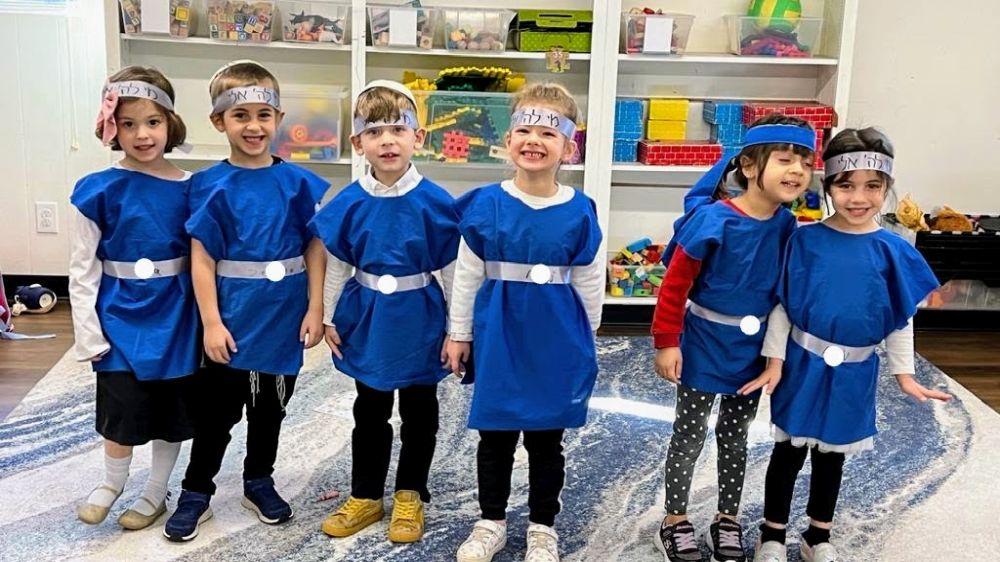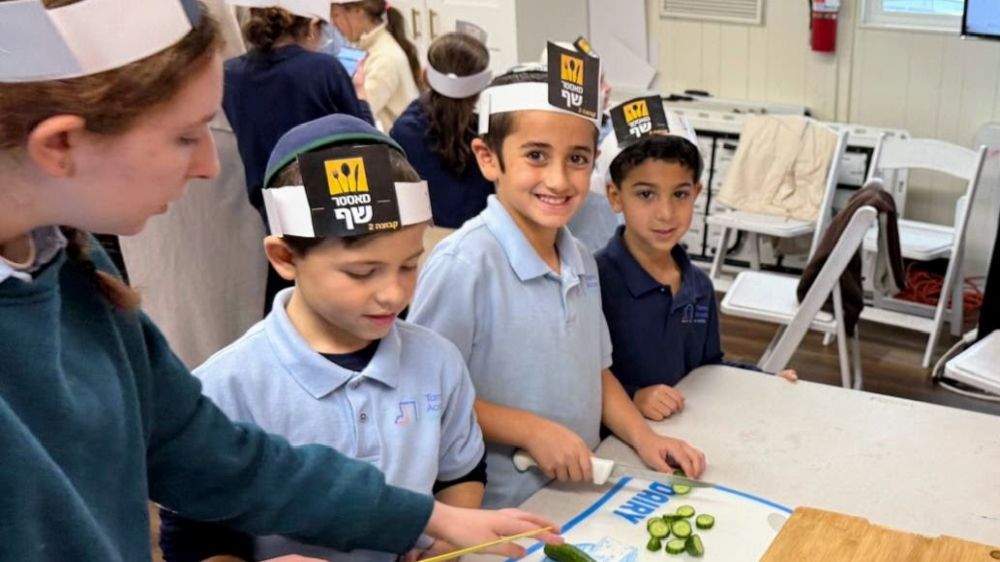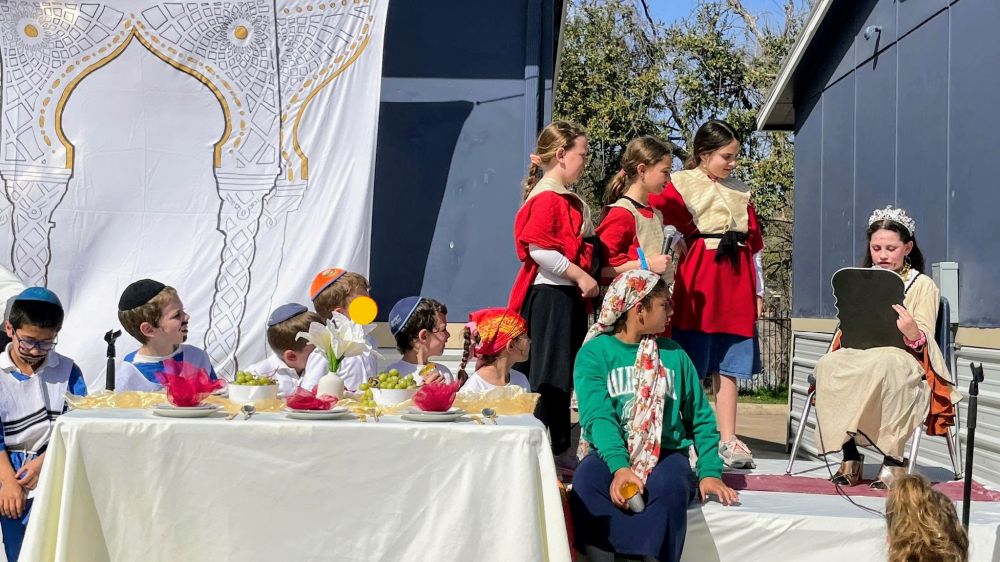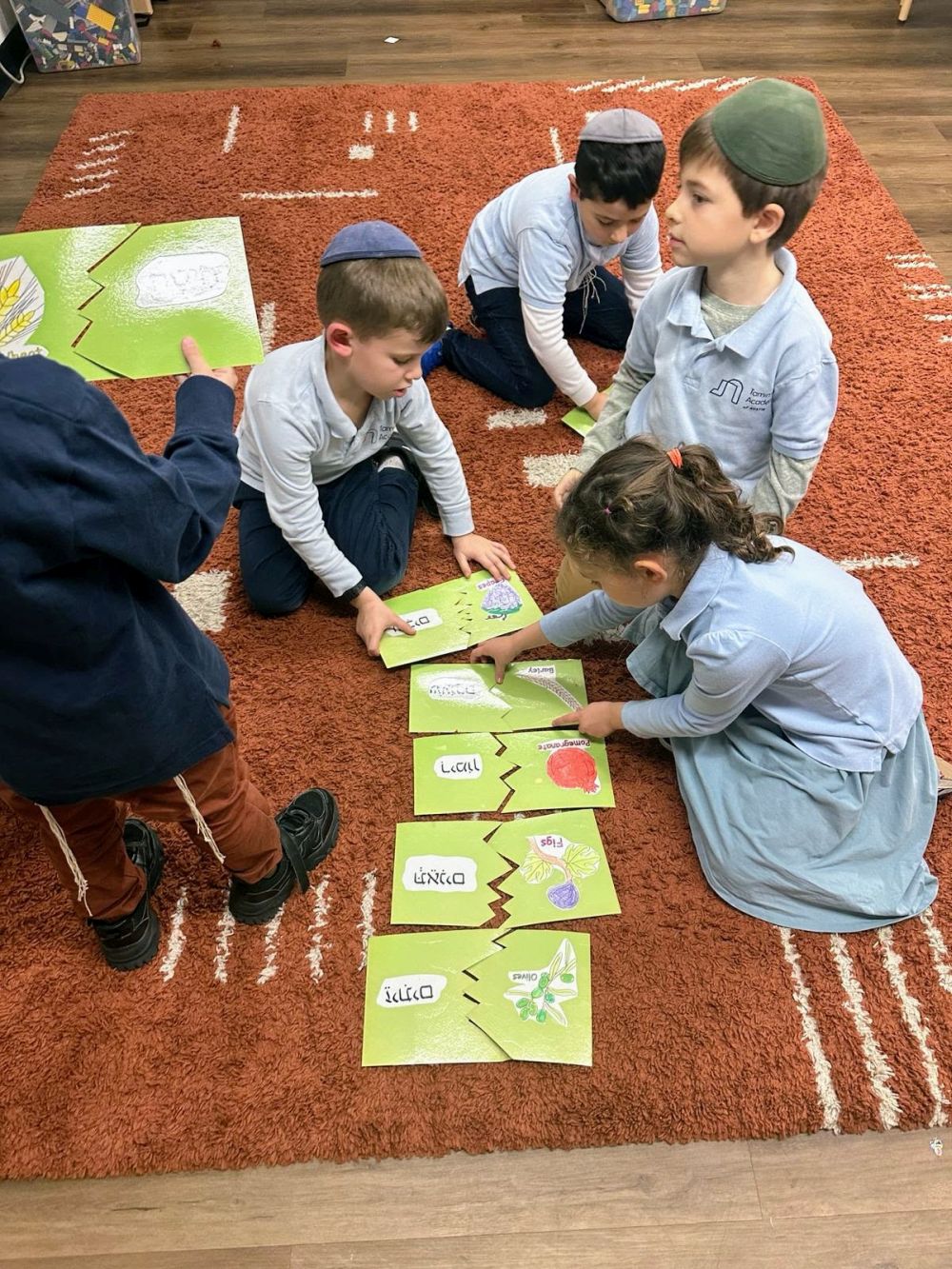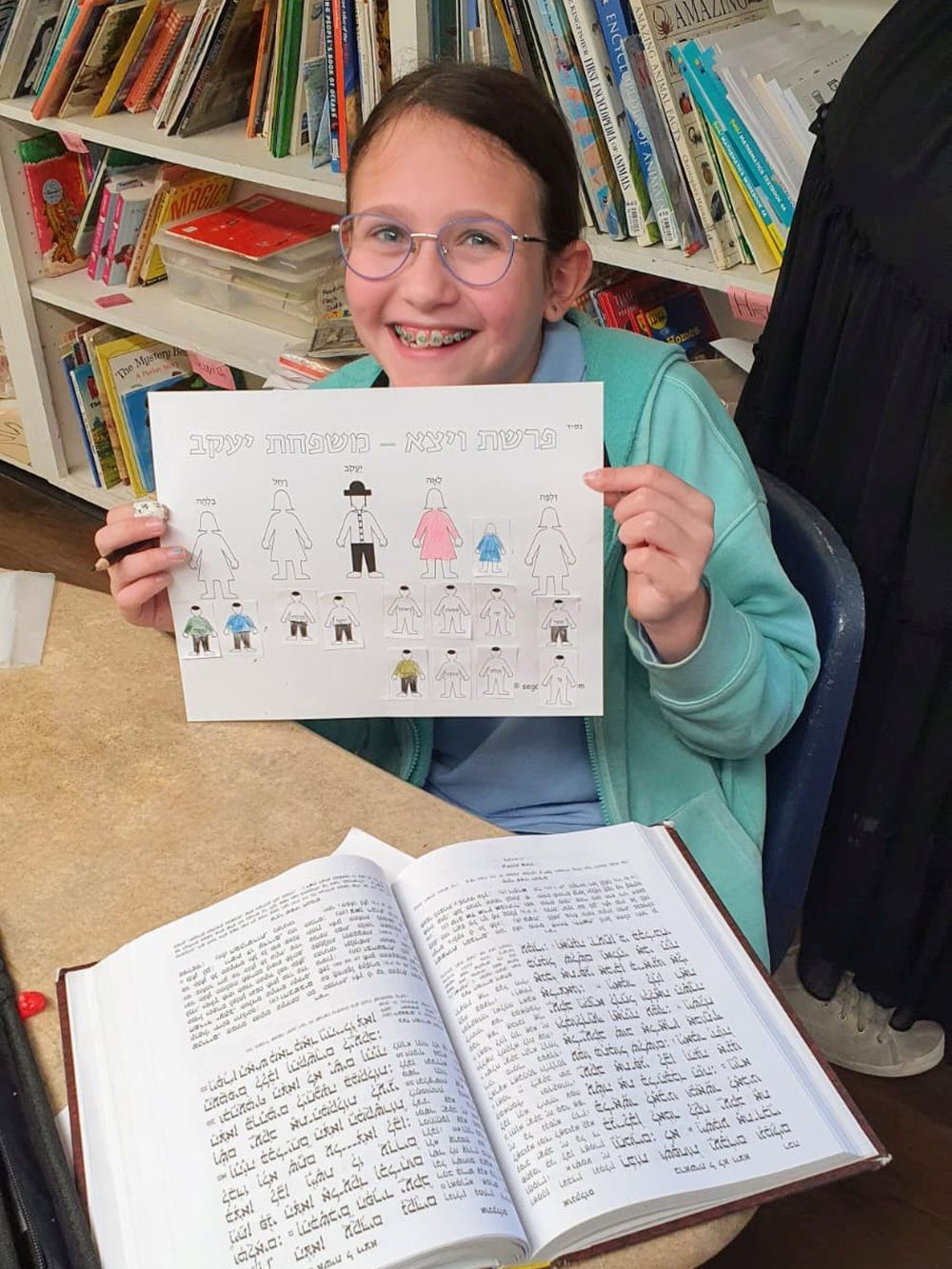Hebrew Immersion
Language immersion gives elementary students cognitive benefits beyond just learning a second language. When children immerse in languages like Hebrew during their formative years, they build neural pathways that enhance critical thinking and problem-solving. This natural approach mimics first language acquisition, allowing them to absorb vocabulary and cultural nuances through meaningful interactions instead of memorization, making learning relevant and engaging.
Immersion also develops cultural awareness and empathy while strengthening executive functions like attention control and working memory. Research shows immersion students perform equal to or better than monolingual peers on standardized tests, while gaining the lifelong advantages of bilingualism that will serve them throughout their education and careers.
Hebrew immersion offers our students more than language skills—it creates a living connection to Jewish heritage. Children engaging with Hebrew gain access to ancient texts that have sustained Jewish culture for millennia, allowing authentic participation in traditions and fostering continuity with past generations. As they master Hebrew, students develop a meaningful connection to Israel.
Hebrew fluency also builds Jewish pride and cultural ownership. Through immersion, students join the worldwide Jewish community—Am Yisrael—connecting with Jewish people globally. This early linguistic foundation strengthens Jewish identity during formative years, creating resilient cultural bonds that support lifelong Jewish engagement and ensure Jewish traditions continue for future generations.
Learning Hebrew from native speakers offers students an unparalleled immersive experience that textbooks simply cannot replicate. When children hear authentic pronunciation, natural speech patterns, and culturally-specific expressions directly from native speakers, they develop more accurate language skills and cultural intuition. These instructors naturally incorporate current idioms, slang, and cultural references that keep the language vibrant and relevant. Beyond technical proficiency, students absorb the subtle nuances of communication—the gestures, facial expressions, and contextual cues that are integral to genuine comprehension. This authentic exposure creates emotional connections to the language as students associate Hebrew with real relationships and meaningful interactions, transforming language learning from an academic exercise into a living, breathing cultural experience that deepens their connection to both the language and the broader Jewish community.
Where will my kids use Hebrew other than in Hebrew Class?
- Purim and Chanukkah play
- P.E.
- Free time (supervising teachers use Hebrew and encourage the kids to speak in Hebrew too)
- Outdoor play time
- Morning Tefilot
- Jewish Studies
- Mishna
- Chumash
- Holidays and Culture
- Activities with Aleph Bet Preschool
- Community service projects
- End of the year presentations

